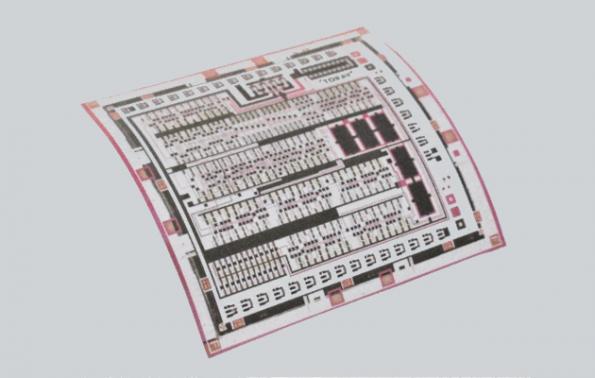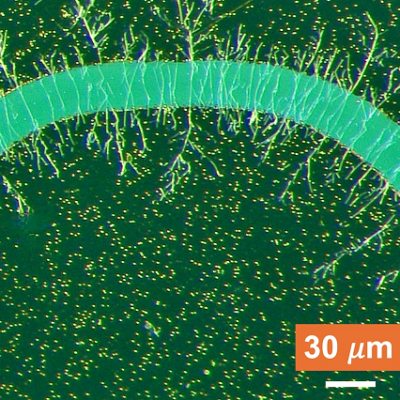Toray in Japan has built radio-frequency identifiers (RFIDs) and sensors on insulating polyester films by printing carbon nanotubes (CNTs).
The CNT composites comprise semiconductive carbon nanotubes with a diameter of the order of a nanometer attached to and embedded in semiconductive polymers. RFIDs operating in the UHF band – 300MHz to 3GHz – can be used to enhance retailing and logistics by automating cash registers and reducing inventory control labor. Sensors based on RFID could also be used for counterfeit prevention and at medical and eldercase facilities.

One of the main challenges faced by organic semiconductors has been the low mobility of carriers which has been stuck around 20cm2/Vs. With the inclusion of carbon nanotubes Toray has raised organic semiconductor mobility to 182cm2/Vs. The company has also created both p- and n-type semiconductors to allow the creation of low-power CMOS circuits. Toray has also fabricated RFIDs on glass substrates using inkjet technology, demonstrating they can be used for wireless UHF communication.
Toray has established a printing technology to fabricate CMOS and other semiconductor circuits, rectifiers and memories on film. Besides a UHF RFID circuit Toray has printed a sensor for wireless water detection. This expands its new technology not only to retailing, logistics and security fields but also to medical and eldercare sites, such as urination detections.
Toray plans to begin production with small-lot, short-range wireless communication applications broaden applications thereafter. It also plans to collaborate with external partners to develop systems and applications.
Read the original article on eeNews Europe







